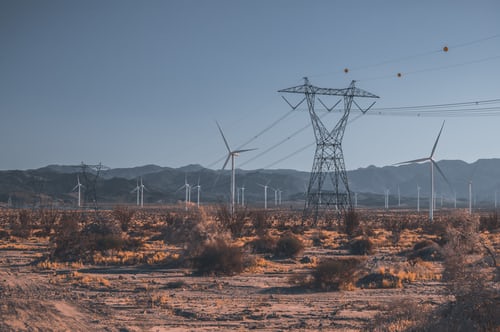 Global electricity demand is forecast to increase at one of the fastest sustained rates in over a decade, driven by increased industrial use as well as data centres and electric vehicles, the International Energy Agency said on Wednesday. It said demand would rise by 3.3% in 2025 and 3.7% in 2026, well above the 2.6% recorded between 2015 and 2023 and that investment was needed in grids, storage and making the electricity system more flexible.
Global electricity demand is forecast to increase at one of the fastest sustained rates in over a decade, driven by increased industrial use as well as data centres and electric vehicles, the International Energy Agency said on Wednesday. It said demand would rise by 3.3% in 2025 and 3.7% in 2026, well above the 2.6% recorded between 2015 and 2023 and that investment was needed in grids, storage and making the electricity system more flexible.
At the same time, renewable energy is expected to overtake coal as the world’s largest source of electricity by the end of 2025 or in 2026 at the latest, depending on weather and fuel price trends, the IEA said.
Nuclear power output is also projected to reach record levels, supported by reactor restarts in Japan, steady generation in the U.S. and France, and new capacity in Asia, the report said.
Gas-fired generation is set to continue to displace coal and oil in the Middle East and Asia, the IEA said.
“The strong expansion of renewables and nuclear is steadily reshaping electricity markets in many regions,” said Keisuke Sadamori, IEA Director of Energy Markets and Security.
“But this must be matched by greater investment in grids, storage and other sources of flexibility to ensure power systems can meet the growing demand securely and affordably,” he said.
The IEA expects carbon emissions from electricity generation to plateau in 2025 and slightly decline in 2026, although that could depend on the weather and economic developments.
Emerging Asian economies are set to account for 60% of the increase in global electricity consumption through 2026, as growth in China accelerates to 5.7% in 2026, up from 5% in 2025, while India’s growth is predicted to be 6.6% in 2026 versus 4% in 2025, the report said.
In the United States, data centre expansion is projected to keep annual electricity demand growth above 2% through 2026. Growth is likely to be slower in the European Union at around 1% this year, with a modest acceleration in 2026, the report said.
(Reporting by Forrest Crellin; editing by Barbara Lewis)